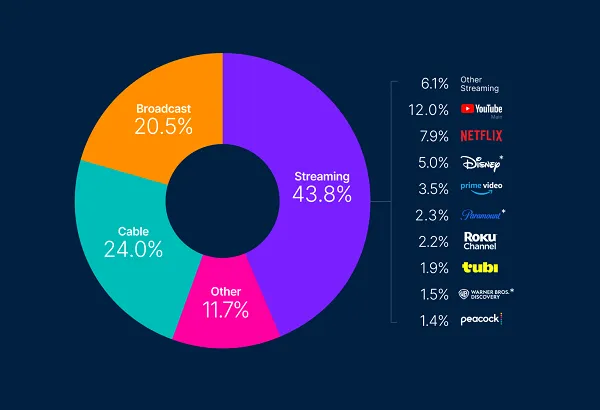# YouTube Expands Check of Product Tagging in Uploads, Offering One other Creator Monetization Possibility

Table of Contents
”
YouTube Expands Check of Product Tagging in Uploads, Offering One other Creator Monetization Possibility
“

As you’ll be able to see on this instance, some creators are being prompted to tag merchandise as shoppable gadgets, with out having to ascertain separate branded content material offers for such.
“Viewers will have the ability to be taught extra in regards to the merchandise, and uncover methods to buy them with out leaving YouTube.”
As reported by Enterprise Insider, YouTube launched the primary iteration of this system again in April, however extra not too long ago, it’s been inviting extra creators into the fold. Over time, that’s increasing the quantity of product tags inside clips, which can assist to boost consciousness of the choice, whereas it might additionally assist to shift person behaviors across the course of, and finally, present one other pathway for monetization within the app.
It’s just like Instagram’s product tagging course of, which it additionally launched again in April, enabling creators to earn a fee from any direct gross sales generated because of their merchandise tags.

Although as famous, YouTube’s system, at the very least proper now, is just not based mostly on fee per sale, with YouTube as a substitute taking part in a flat, month-to-month price to creators for utilizing the device.
As per Enterprise Insider:
“[One] creator was provided a minimal of $50 every month for utilizing the characteristic, plus they may earn as much as $0.08 every time a viewer clicked on a product tag and visited the product web page. The fee-per-click price YouTube is providing varies by creator and product based mostly on a “variety of elements,” the corporate informed Insider, however declined to share extra on the precise fee construction.”
Finally, you’ll count on that YouTube could be trying to transfer to a direct associates program, with creators incomes a minimize from gross sales generated, establishing one other ecosystem to facilitate monetization within the app, whereas additionally serving to to broaden its eCommerce push.
Although questions stay as to how a lot customers truly wish to store in social apps, and the way precious such tags and in-stream shopping for choices might be.
In-stream procuring has been a transformative development in China, with another Asian markets additionally taking to the extra streamlined product show to buy course of. However to date, western audiences haven’t been as fast to leap onto the development, regardless of the total rise in on-line procuring conduct.
Stay-stream commerce is the place most social apps are at the moment centered, with TikTok, Meta and YouTube all incorporating various types of live-stream procuring instruments to align with impulsive procuring behaviors and fashionable engagement traits.
That would nonetheless turn into a factor, however the outcomes to date present that whereas customers are researching merchandise inside social apps, they’re typically glad to buy them on every firm’s personal web site. Which might current a bigger problem right here, in that it might replicate a mistrust within the fee providers provided inside social apps, and in registering your financial institution particulars in connection along with your in-app knowledge.
I imply, when you think about the unhealthy press round knowledge sharing and privateness that’s been hooked up to Meta and TikTok specifically, that wouldn’t be stunning, whereas Chinese language regulators have way more management over how such companies function of their area. That might be a key problem for western platforms to beat – or perhaps, that is only a generational shift, and as youthful customers develop up, and have extra spending capability, in-stream procuring will turn into a extra accepted, adopted conduct.
Both manner, the jury’s at the moment out on the method, however what you might be certain of is that no matter one platform launches, the others will observe, as all of them search to supply the most effective income share offers for creators, with a view to higher align them to their apps.
If in-stream procuring catches on, TikTok might see huge success with product tags and its Store instruments, because it has already in China, which is why Meta and YouTube have little selection however to supply the identical, in case that occurs, and so they miss the boat on a key alternative.
I don’t see it turning into an enormous factor straight away, however you’ll be able to count on in-stream shopping for to achieve momentum over time, particularly as extra folks have higher, safer experiences in offering their fee particulars inside every app.
Andrew Hutchinson




